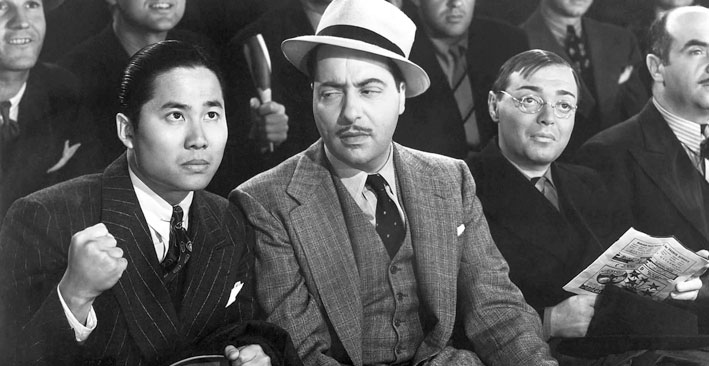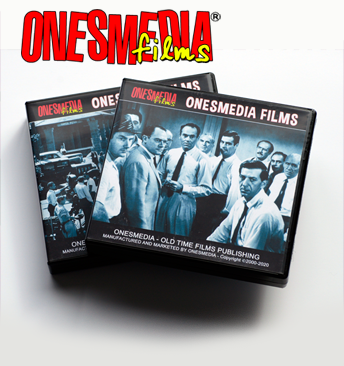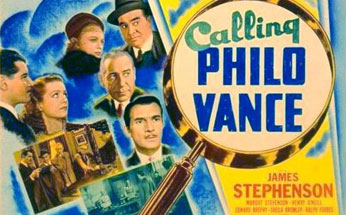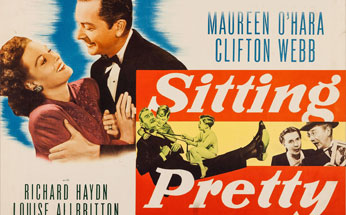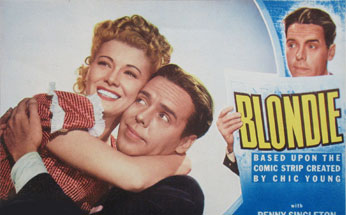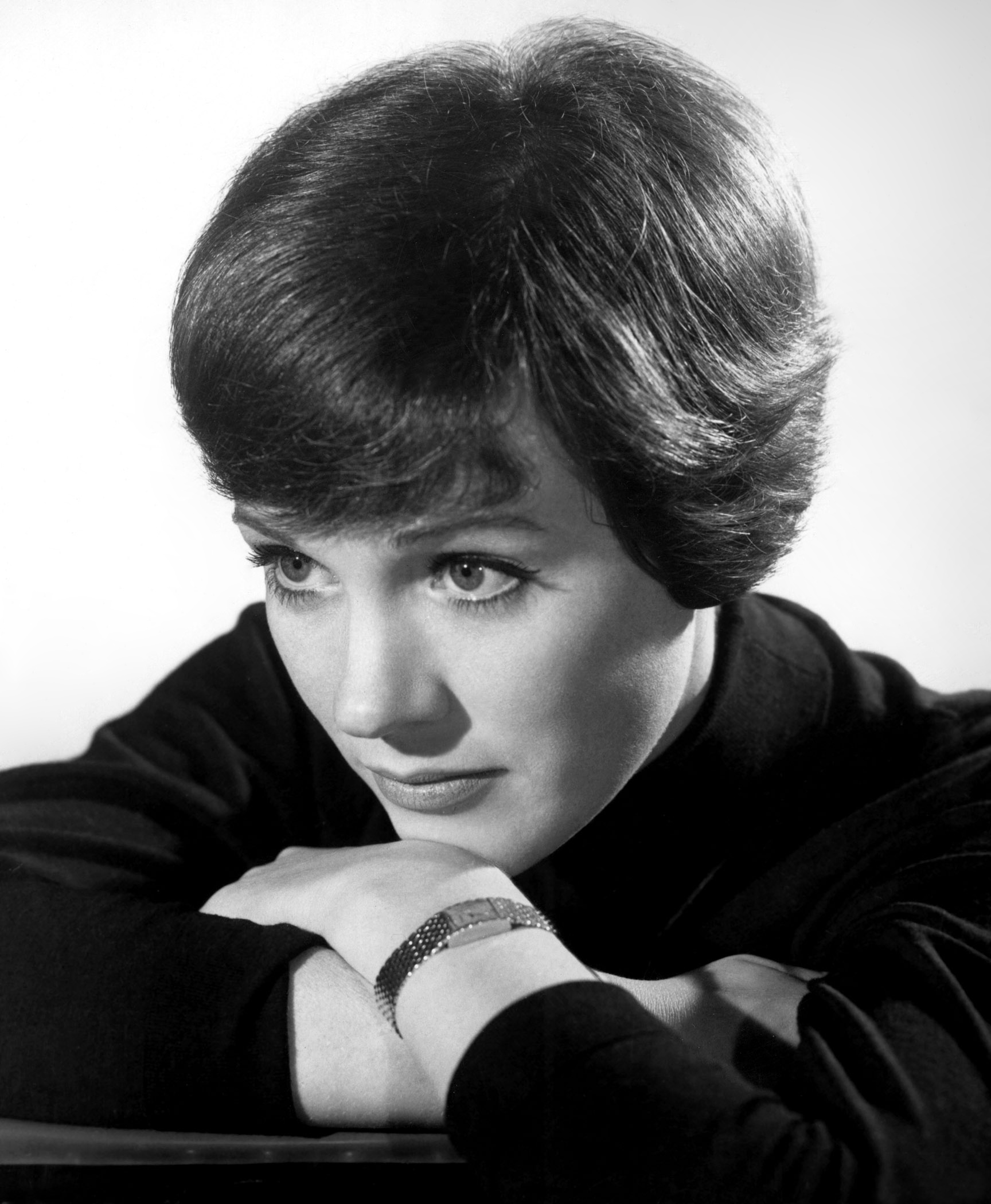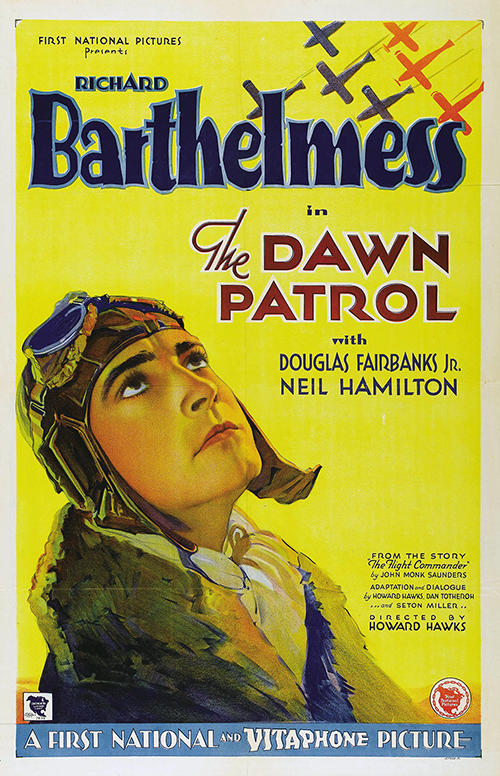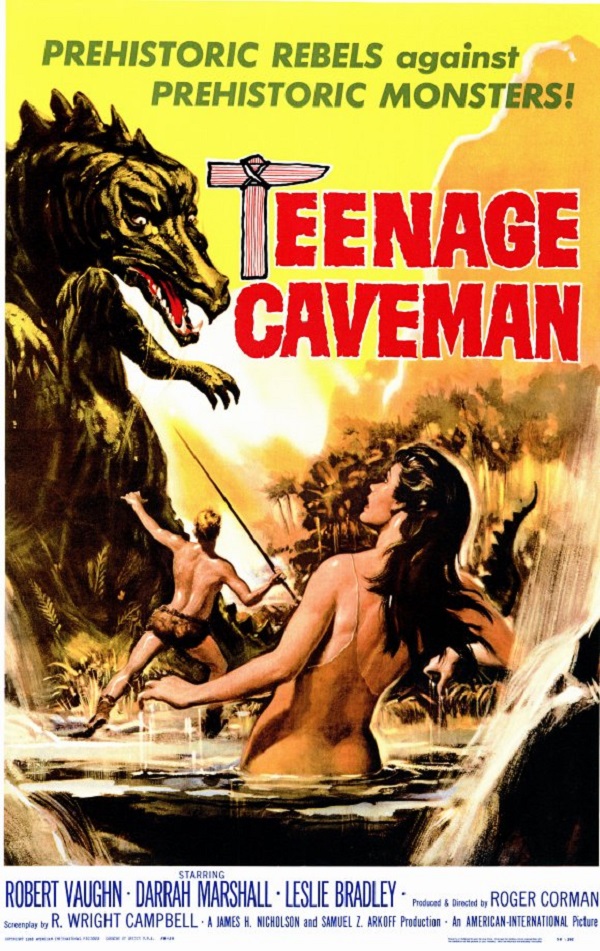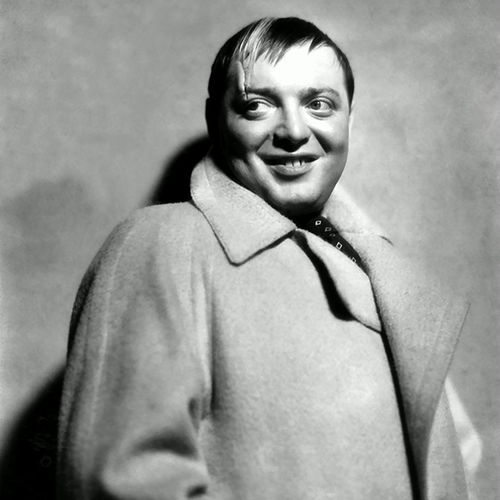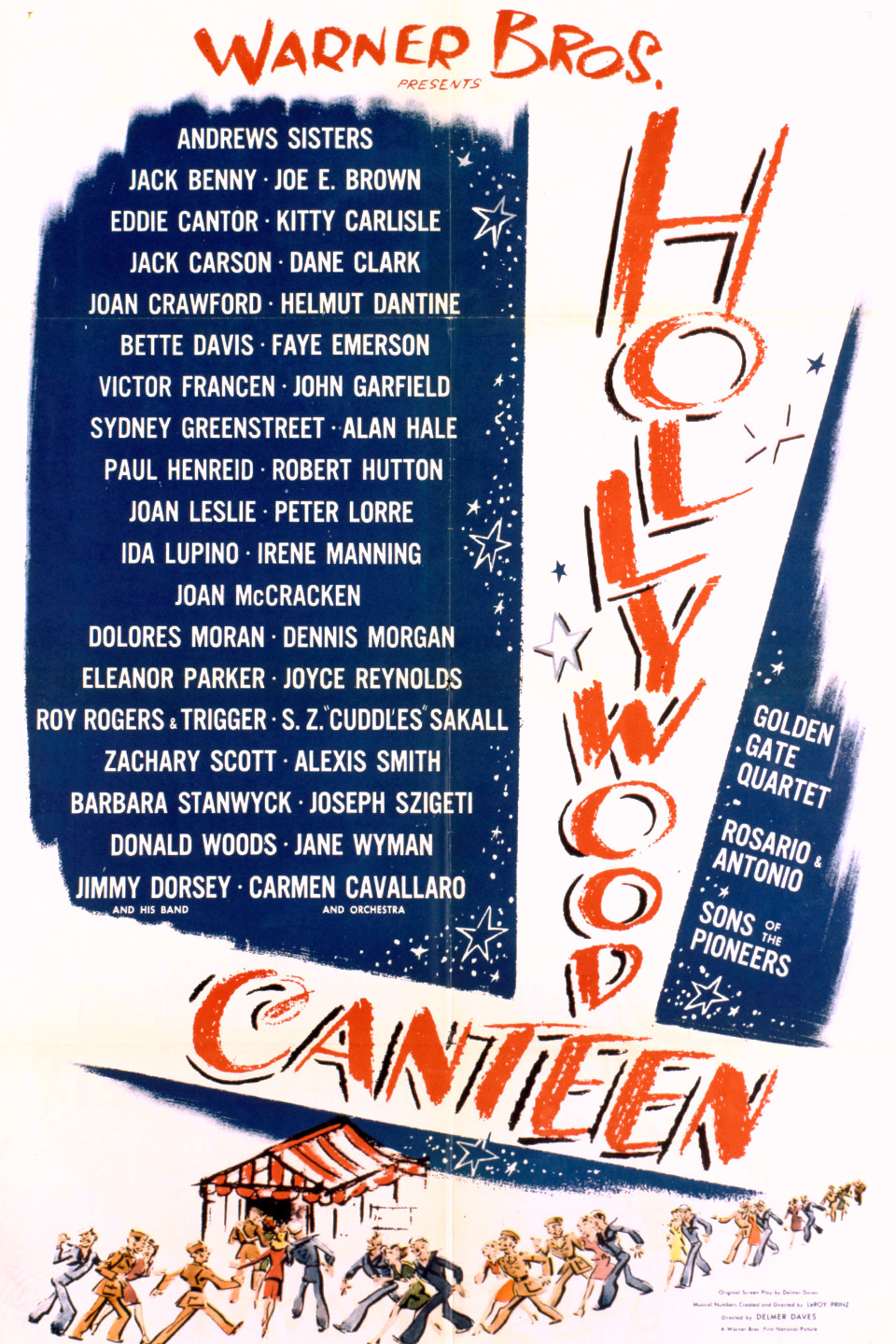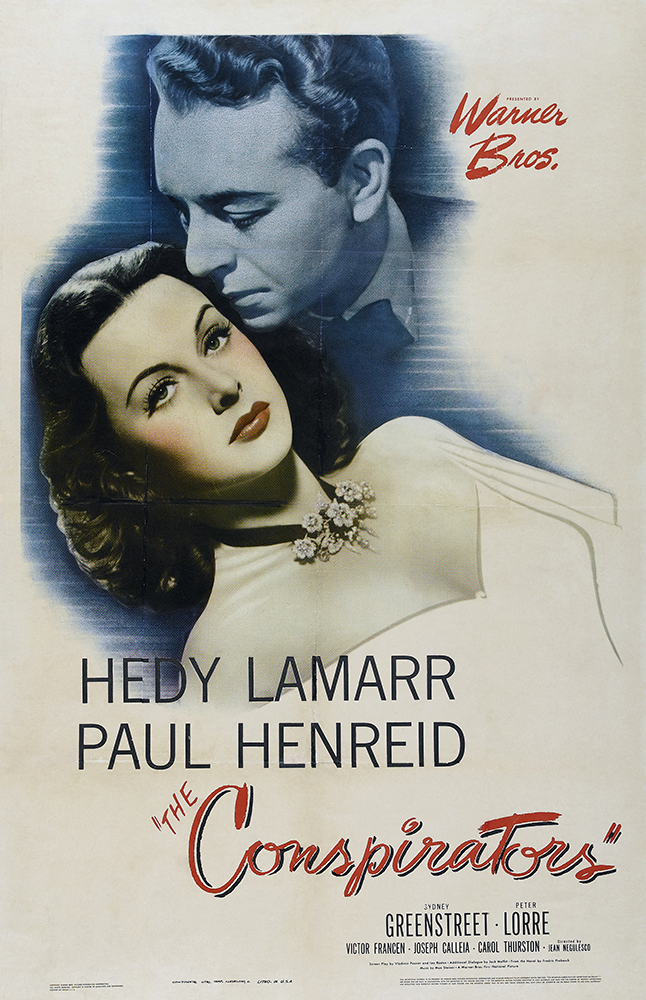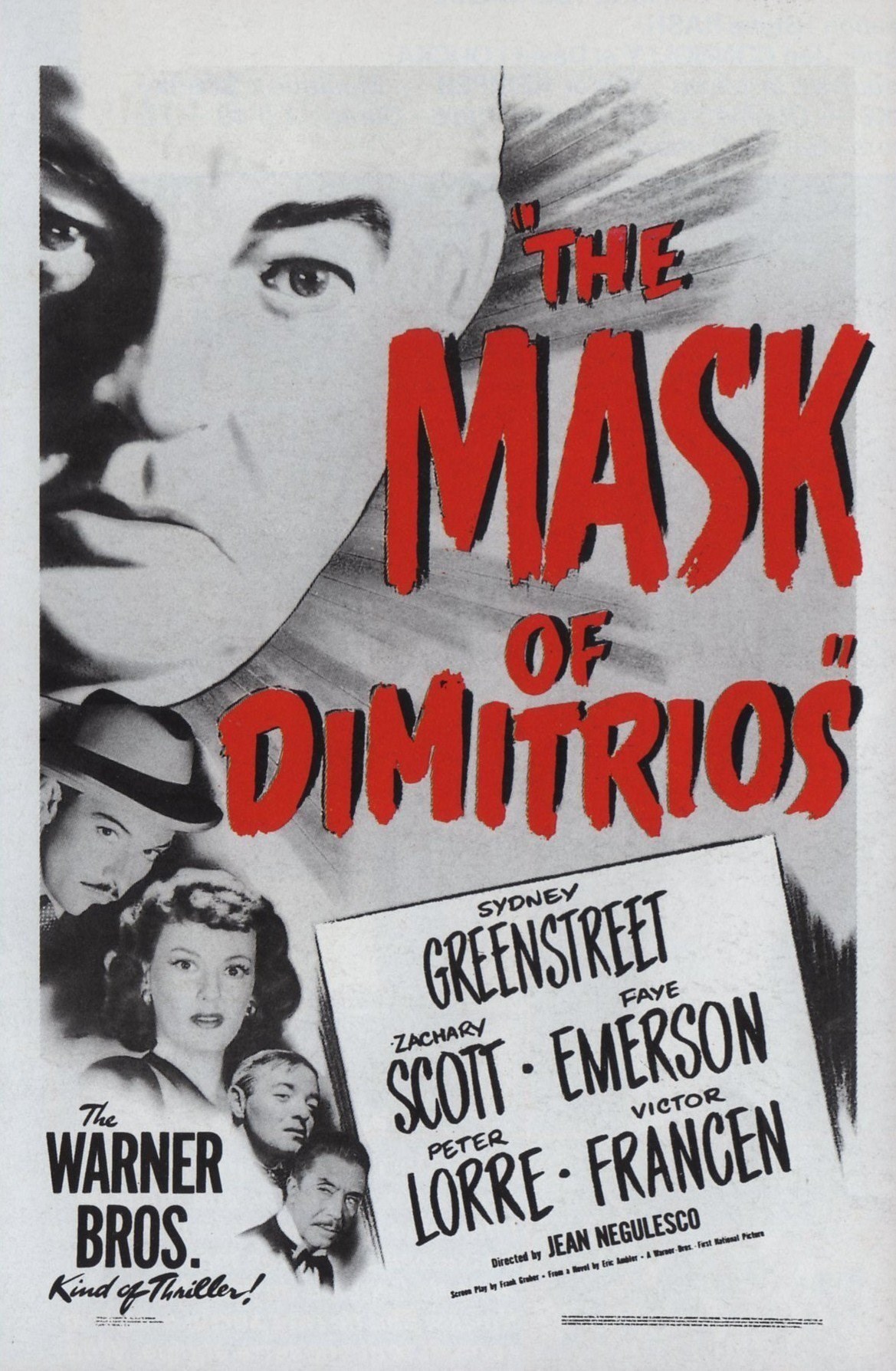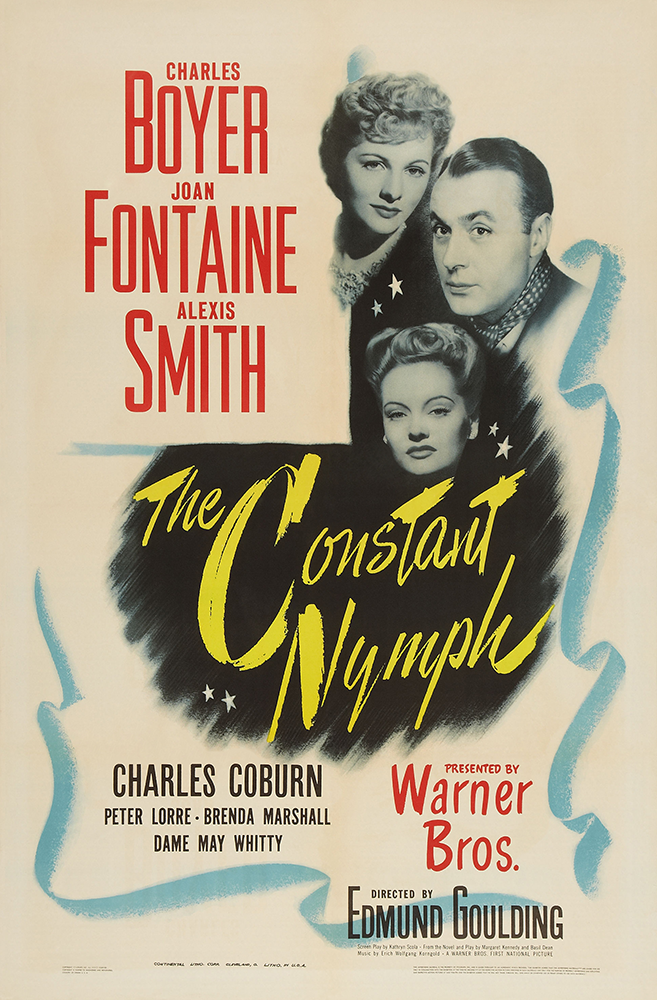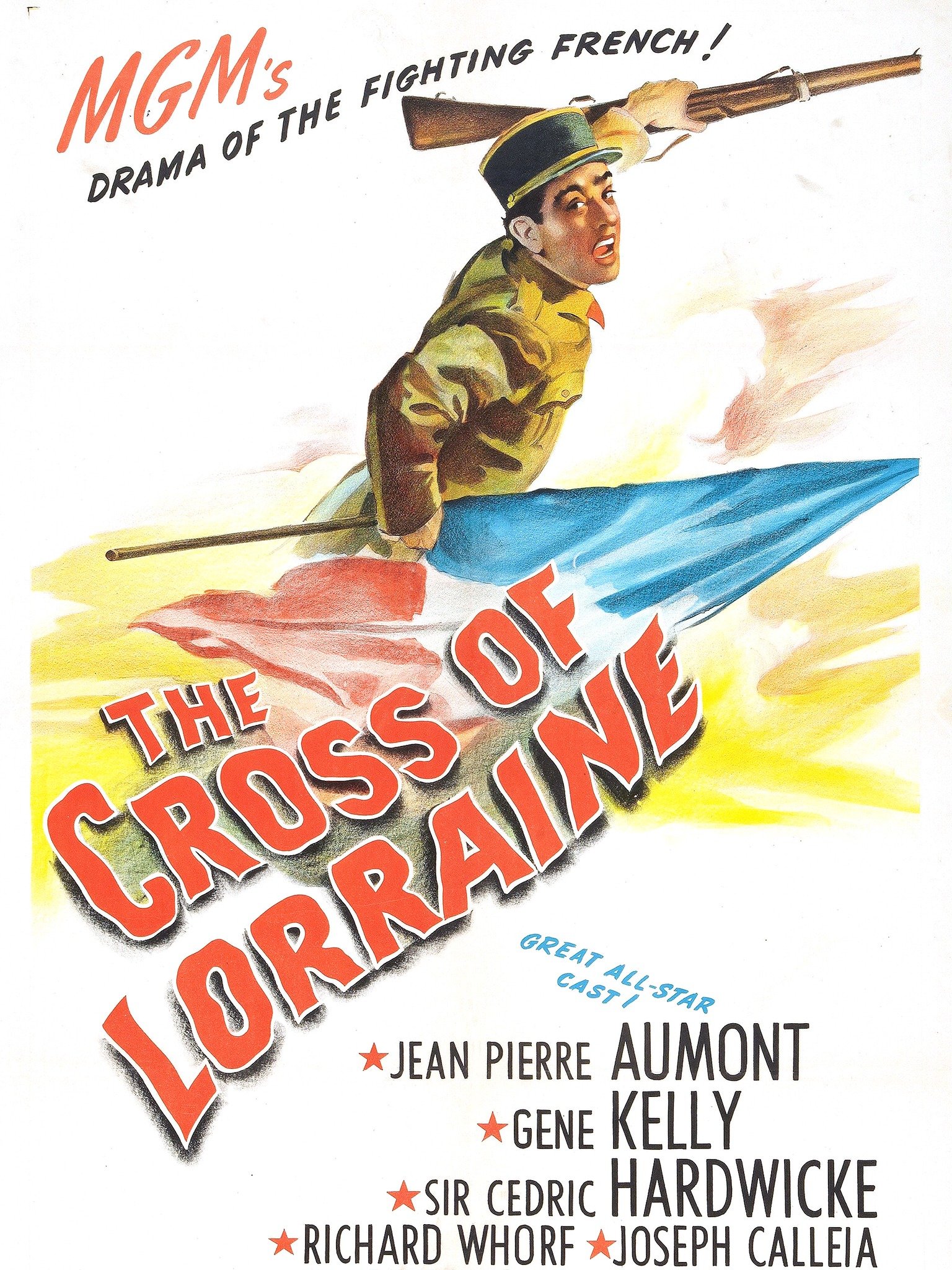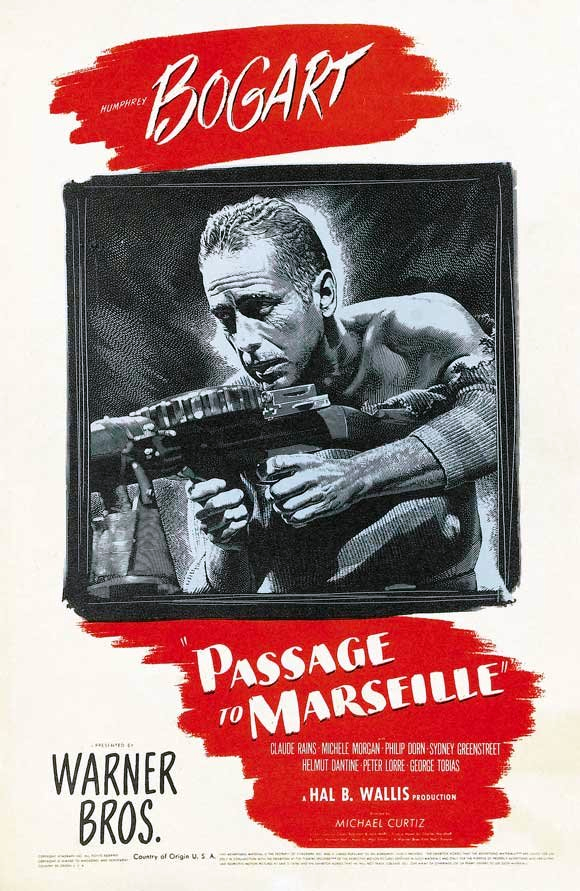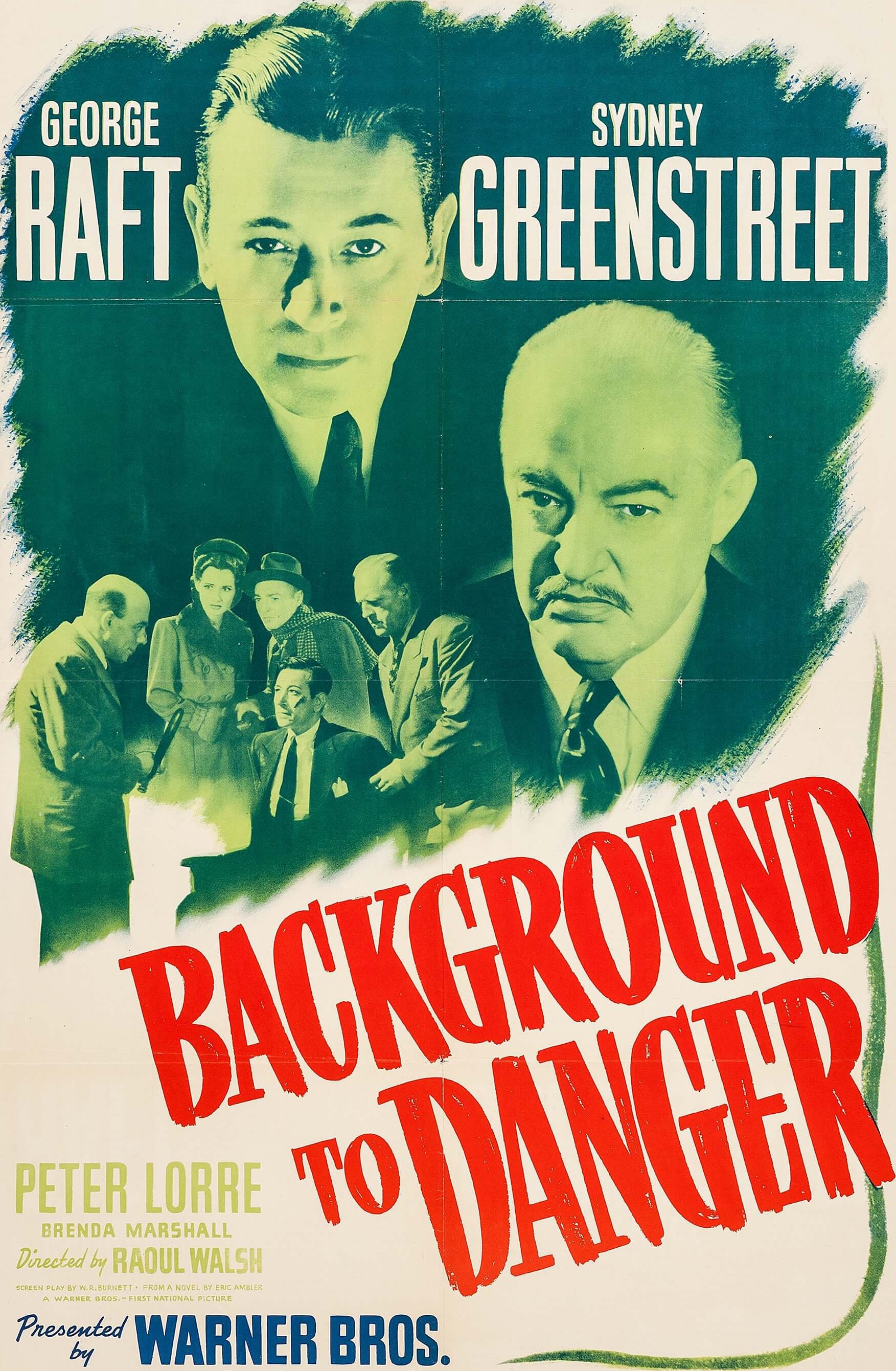Peter Lorre: A Master of Menace and Melancholy
Peter Lorre was one of the most distinctive and unforgettable actors of classic Hollywood. With his haunting eyes, soft yet sinister voice, and ability to evoke both sympathy and fear, Lorre carved out a niche for himself as one of cinema’s greatest character actors.
Born in 1904 in Austria-Hungary (now Slovakia), Lorre first gained international fame in Fritz Lang’s 1931 masterpiece M, where he delivered a chilling yet deeply human performance as a child murderer. This role cemented his ability to play tormented, morally complex figures—a skill that would define his career.
After fleeing Nazi Germany, Lorre found a new home in Hollywood, where he often played villains, outcasts, or eccentric figures. His work in films like The Maltese Falcon (1941) and Casablanca (1942) made him a fixture of noir cinema, often appearing alongside legends like Humphrey Bogart and Sydney Greenstreet. Despite frequently being typecast, Lorre brought depth and charm to every role, making even the most sinister characters compelling.
Beyond noir, Lorre showcased his versatility in horror films like Mad Love (1935), adventure films like 20,000 Leagues Under the Sea (1954), and even dark comedies with Vincent Price and Boris Karloff. His ability to shift between menace and humor made him a standout in an era dominated by larger-than-life stars.
Though he never quite achieved leading-man status, Lorre’s impact on cinema is undeniable. His unique presence, unforgettable voice, and ability to imbue even the most villainous roles with humanity make him one of the most fascinating actors of the 20th century. Whether playing a tragic killer, a cunning criminal, or a bumbling sidekick, Peter Lorre remains a timeless icon of classic Hollywood.



